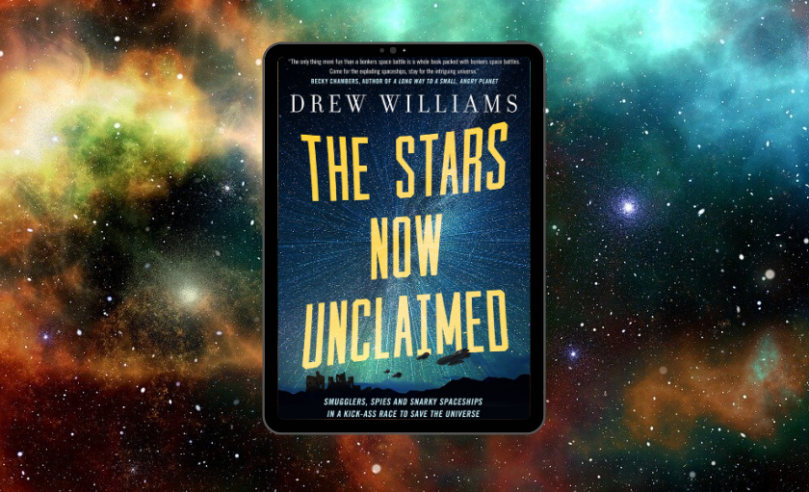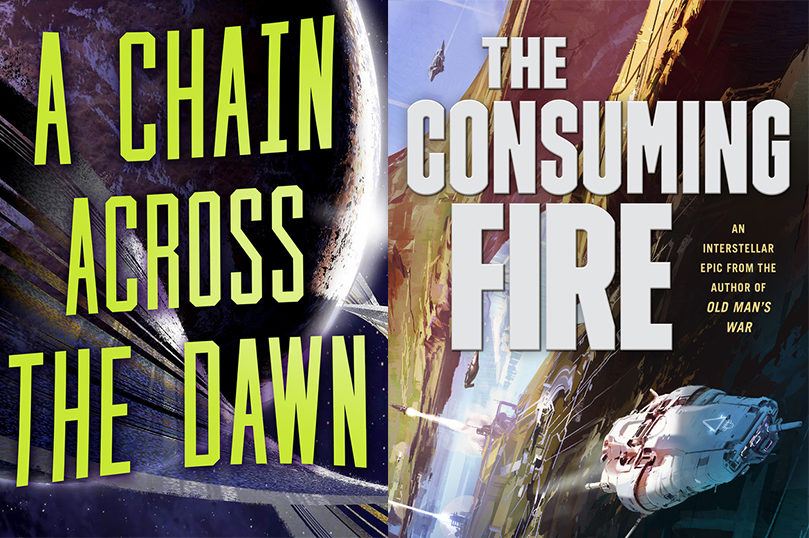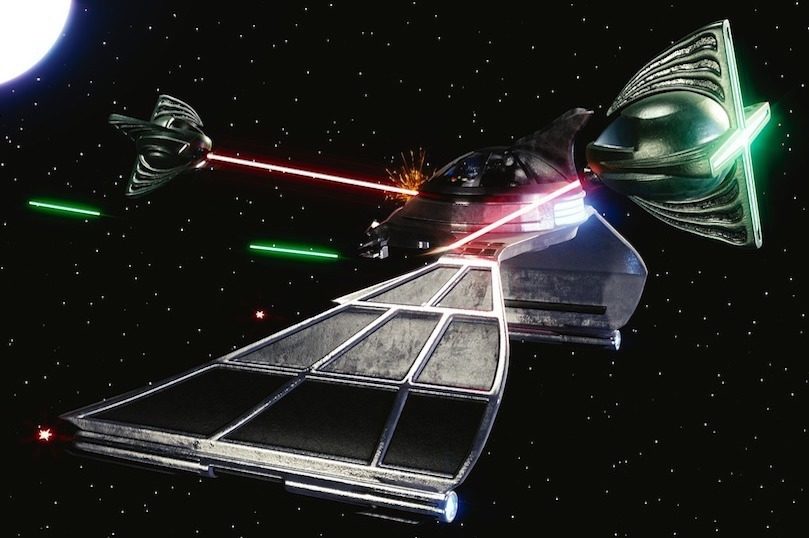
Our Favorite Book/Celebrity Costume Pairings
Halloween will be here before you know it, and with that comes the wild and outlandish costumes – and no one has as much money to throw at making amazing costumes than famous people. As celebrities start to reveal what they are going to wear this year, take a trip down memory lane with these costumes from the past – and books that match their character vibes.









